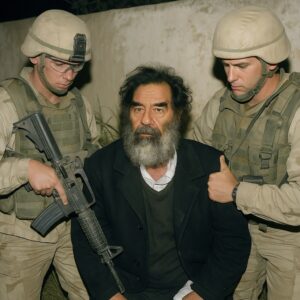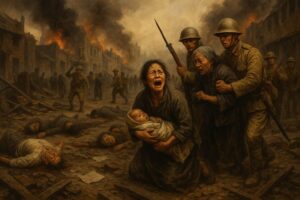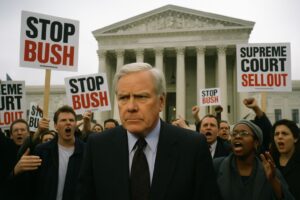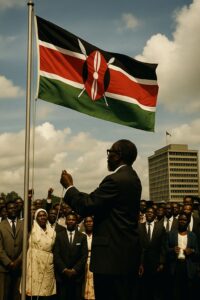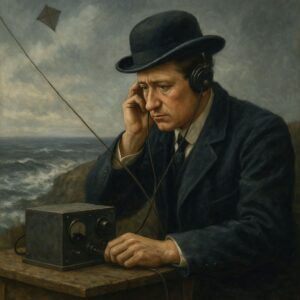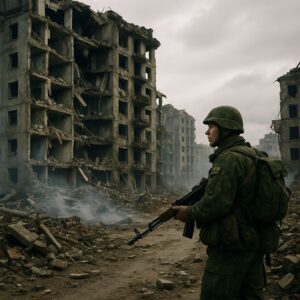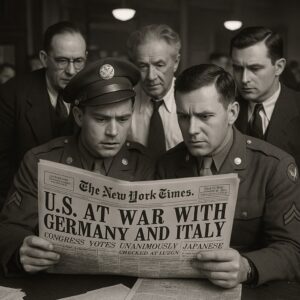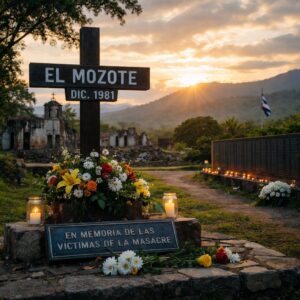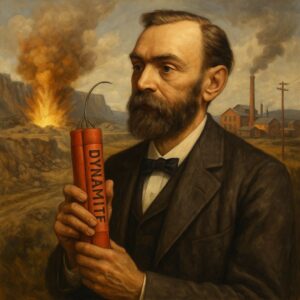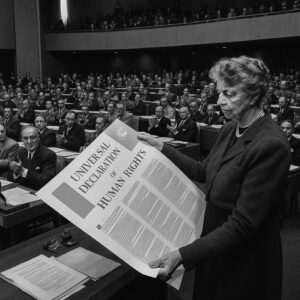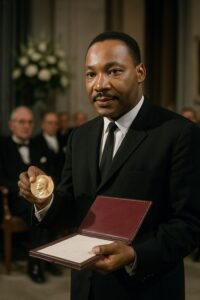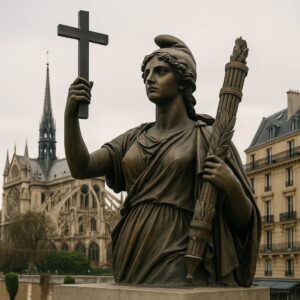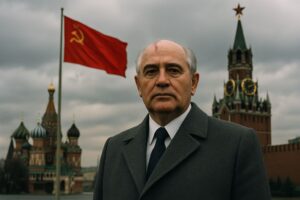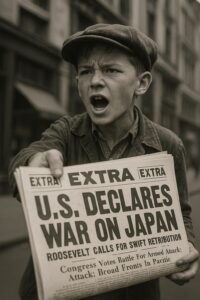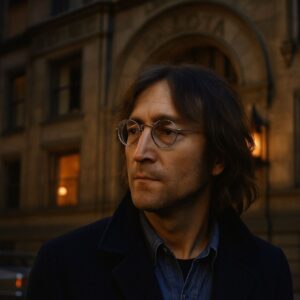Author's posts
The Hunt, Trial, and Fall of Saddam Hussein
On December 13, 2003, the long and obsessive hunt for Saddam Hussein finally came to an end in a quiet, unremarkable farmhouse on the outskirts of Tikrit, the dusty region that had once served as the heartland of his power. For nearly eight months after the fall of Baghdad, the former Iraqi dictator had vanished …
Francis Drake sets sail to circumnavigate the globe
Francis Drake’s departure from Plymouth Sound on November 15, 1577, was the kind of moment that felt suspended between myth and reality. To the people who watched the sparsely lit silhouettes of three small ships push away from the English coast, the sight held more questions than answers. Few knew the mission, fewer still understood …
The Tragedy and Terror of the Nanjing Massacre
The city of Nanjing moved like a living organism on the morning of December 13, 1937—a place where street vendors shouted over one another, students hurried to classes, and families prepared meals as though the world outside the city walls was not collapsing. But beneath this surface of everyday life, anxiety churned. For weeks, news …
When the Winds of Freedom Rose: Kenya’s Long Road to Independence
Kenya’s struggle for independence was not a moment, nor a single uprising, nor a simple negotiation across a polished British table. It was a decades-long awakening—messy, painful, courageous, and breathtaking in its persistence. By the mid-20th century, the winds of change sweeping across Africa were gathering force, and few places felt that gale more intensely …
Fire in the Caucasus: How the Chechen Wars Forged Modern Russia and the Rise of Vladimir Putin
The invasion of Chechnya by Russian forces stands as one of the most consequential and defining episodes in modern Russian history—a conflict that reshaped Moscow’s relationship with its Muslim-majority regions and fundamentally altered the trajectory of Vladimir Putin’s rise to power. Yet despite its enormous impact, the origins of the Chechen wars are far more …
When the Axis Turned on America: How Germany and Italy Pushed the World Into Total War
The winter of December 1941 settled heavily over Washington, London, Berlin, and Rome, but the cold did little to mute the shockwaves already rolling across the world. The United States had barely begun to process the devastation of Pearl Harbor—smoldering ships still leaked oil into Hawaiian waters, families were still being notified of loved ones …
El Mozote: The Massacre That Exposed a War Built on Silence
The morning sun that rose over the hills of Morazán in December of 1981 should have been no different than any other, casting its soft gold tones across the valleys and the quiet farming villages of northeastern El Salvador. But for the people of El Mozote, a small rural community whose lives revolved around cornfields, …
Alfred Nobel Turned a Legacy of Dynamite into a Legacy of Peace
Alfred Nobel’s life ended quietly on December 10, 1896, in the gentle warmth of the Italian Riviera, but the irony of his final years is that almost nothing about his legacy would remain quiet. His death at age sixty-three marked the beginning of one of the most profound transformations in modern intellectual and scientific history. …
Universal Declaration of Human Rights adopted
In the cold December air of 1948, as the world continued to patch its wounds from a war more devastating than anything humanity had ever endured, a different kind of battle was unfolding inside the United Nations General Assembly in Lake Success, New York. Delegates from dozens of nations, many still reeling from the trauma …
Dr. Martin Luther King Jr. receives Nobel Peace Prize
It was October 14, 1964, and the chill of an early Norwegian autumn swept gently across Oslo as dignitaries, journalists, and scholars gathered in growing anticipation. Inside the University Church of Norway, the energy felt almost electric—an unspoken awareness that history was taking shape within its walls. Dr. Martin Luther King Jr., the Baptist minister …
Tanganyika gains independence
In the aftermath of World War II, the international landscape underwent significant transformations as colonial empires began to crumble and newly emerging nations claimed their right to self-determination. In East Africa, the long-standing British colony of Tanganyika was among those that ultimately gained its independence on December 9, 1961. This milestone marked a pivotal moment …
The Day Charles and Diana Broke the World’s Heart
The announcement on December 9, 1993, that Prince Charles and Princess Diana were formally separating struck with the force of a global tremor. Even in an age before social media and instantaneous digital headlines, the news traveled at near-lightning speed, rippling across continents, igniting conversations, and shattering illusions that millions had held for more than …
Separation of Church and State in France
The tension between church and state in France is not a story that can be contained neatly within a single century, nor is it a tale shaped by just a few rulers, lawmakers, or religious figures. Instead, it is a sweeping saga stretched across more than a thousand years, filled with ideological clashes, shifting centers …
Soviet Union Dissolved at Belavezha Accords
The collapse of the Soviet Union in 1991 felt, to many who lived through it, like watching a glacier crack apart in real time—slow at first, almost imperceptible, and then suddenly explosive, unstoppable, and world-changing. It was a moment that reshaped international politics, ended a decades-long ideological conflict, and forced millions of people to rethink …
How Pearl Harbor Pulled America Into the Fire of WWII
On an otherwise ordinary Sunday morning in Hawaii, when the world seemed quiet and the horizon glowed with the soft colors of sunrise, an event unfolded that would shatter the rhythm of daily life and alter the course of history forever. December 7, 1941, was meant to be peaceful—a day for sailors to rest, for …
The Assassination of John Lennon and the Legacy That Refused to Fade
On December 8th, 1980, the world seemed to stop for a moment, as if shaken by a sudden and impossible truth. News stations flickered with the same headline, radios interrupted their music with trembling voices, and fans from New York to Tokyo felt the same hollow ache settling inside their chests: John Lennon, the voice …
The Pen That Shook the World: How Jonathan Swift’s Gulliver’s Travels Redefined Satire Forever
When Jonathan Swift published Gulliver’s Travels in April of 1726, he could not have predicted how profoundly the book would shape the next three centuries of literature, politics, and cultural identity. And yet, from the moment the first copies found their way into the hands of London’s eager reading public, a spark ignited—one that would …
How Thriller Redefined Pop Forever
When November 30, 1982 arrived, most people who walked into a record store had no idea they were stepping into a moment that would permanently reshape the cultural landscape. Albums were released every week, artists hustled for radio play, and the music industry kept grinding forward with its usual blend of optimism and anxiety. Yet …
The Story of Scotland vs England, the World’s First International Football Match
The story of the first international football match between Scotland and England is woven into a much larger tapestry than most fans ever pause to consider. It is a tale born out of industrial change, shifting social dynamics, and the need for order in a sport that once existed as little more than a chaotic …
The Arrival of Winston Churchill and the Making of a Legend
Winston Churchill’s birth on November 30, 1874, inside the stately rooms of Blenheim Palace felt less like the quiet arrival of a child and more like the first sentence of a story that had been centuries in the making. Blenheim was not merely a home but a monument to the triumphs and legacies of Churchill’s …
The 1947 UN Partition Vote: The Moment That Redefined the Middle East
On November 29, 1947, the world watched as the United Nations General Assembly cast one of the most consequential votes in modern geopolitical history. Resolution 181, the plan to partition Palestine into separate Jewish and Arab states with Jerusalem placed under international administration, became a watershed moment in the conflict that continues to shape the …
The Day Ireland Stood Alone: The Historic Departure of British Troops in 1922
On December 7, 1922, Ireland witnessed a moment that generations had fought for, dreamed of, and died believing would one day come to pass. After more than seven centuries of British rule, the last British troops marched out of the country, marking a profound turning point in Irish history and symbolizing the beginning of a …
The Accidental Arcade Revolution That Launched a Global Gaming Empire
In the early 1970s, long before video games became a cultural force woven into the fabric of everyday life, the idea of an interactive electronic pastime was more curiosity than commodity, more technical experiment than meaningful entertainment. Few people outside a handful of engineers and dreamers could have predicted that a small company founded by …
How the Red Cross Was Born in Geneva and Changed Humanity Forever
The story of the Red Cross begins in a place that feels almost symbolic when you look back at how everything unfolded—Geneva, a city surrounded by the calm waters of Lake Geneva and the quiet dignity of the Swiss Alps. Today, Geneva is known as a hub of global diplomacy and humanitarian ideals, but in …
How Panama Broke Free: The Global Power Struggle That Created a Nation
In the late 19th century, the Isthmus of Panama was a highly coveted stretch of land, linking the Atlantic and Pacific Oceans and serving as a critical route for international trade. The idea of constructing a canal across Panama—an engineering feat that would one day transform global commerce—had been discussed among world powers for decades. …
How the First Nobel Prizes in Stockholm Changed the World Forever
The story of the first Nobel Prizes awarded in Stockholm is not just the tale of a ceremony or the recognition of a few brilliant individuals; it is, at its heart, the story of a world standing at the threshold of a new century and trying to define what progress, virtue, and human achievement truly …
A New American Machine Age: How Ford’s Model A Reignited the Road
The moment the Ford Motor Company introduced the Model A, America was a nation caught between the weight of a fading past and the thrilling promise of a future that seemed to unfold faster than anyone could quite comprehend. The automobile had already begun reshaping lives by the 1920s, but it was the arrival of …
The Roots of Gratitude: How Thanksgiving Became America’s Defining Celebration
Thanksgiving in America is one of those rare cultural moments that somehow manages to blend history, myth, gratitude, family, food, and national identity into a single day. It arrives each year wrapped in a sense of ritual familiarity—the turkey in the oven, the scent of cinnamon drifting across the house, families gathering around a table, …

